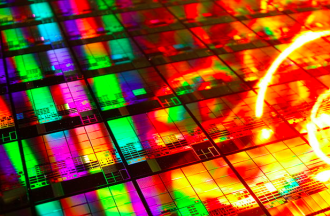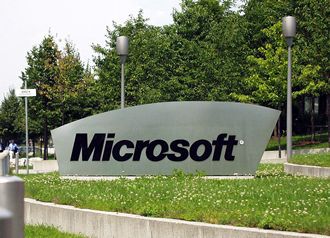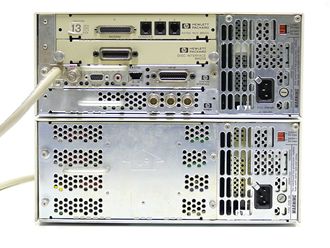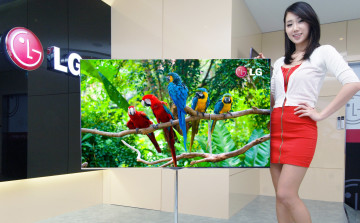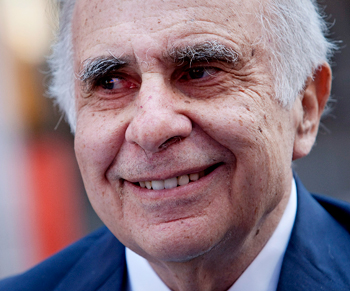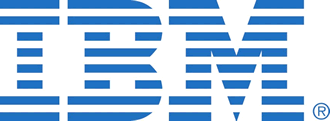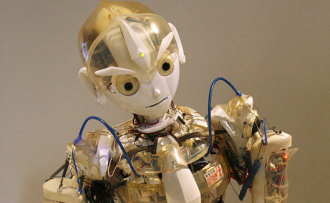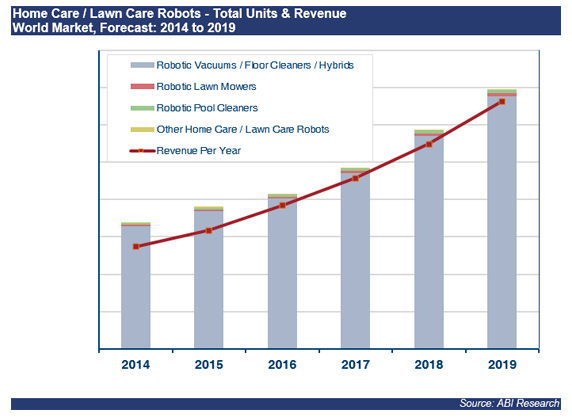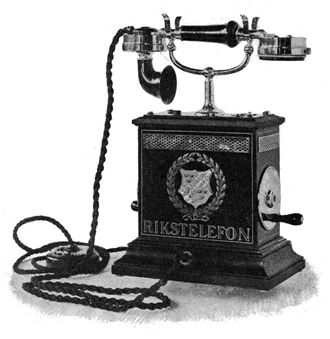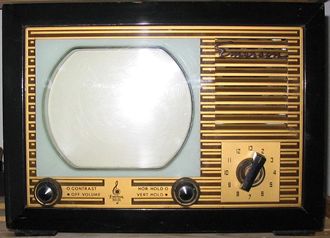 Intel’s Rosalind Hudnell is working on an ambitious plan to create a more diverse staff base at Intel.
Intel’s Rosalind Hudnell is working on an ambitious plan to create a more diverse staff base at Intel.
Hudnell is Intel’s chief diversity officer, and is responsible for implementing the company’s much publicised $300 million initiative to bring more women and under-represented minorities into its workforce by 2020. Talking to IT World she said that the company is diverse, but not diverse enough.
If she pulls it off she could break Silicon Valley’s dominance by white and Asian males, but she has an uphill battle as efforts so far have been inconsistent
Intel had 107,600 employees worldwide at the end of 2013. Only 24 percent are women and four percent African-Americans.
Intel does have women top executives including Renee James, who is president, and Diane Bryant, who runs the Data Centre Group. And let us never forget Genevieve Bell. Intel already provides same sex domestic partner benefits; it also offers LGBT and faith- and culture-based resources to workers. Gender and race diversity is apparently a little tricky.
Intel is establishing specific numbers on hiring a more diverse workforce and tying executive compensation to meet those goals. However, even with Intel’s renewed commitment to diversity, the company’s workforce will still be just about 32 percent women in five years.
Most of the $300 million will be applied over five years to change hiring practices, “retool human resources”, whatever that means, fund companies run by minorities and women, and promote STEM education in high schools.
The problem is getting talent. Science, technology, engineering and maths (STEM) degrees are still mostly taken by men. Around 74 percent of computer professionals and 86 percent of engineers are men.
Intel aims to build a larger pipeline of qualified candidates over time by investing in STEM education.
Intel is monitoring its diversity initiative based on 59 measures related to gender, race, education and corporate role. For example, Intel wants employ more women, Hispanic and African-Americans in technical and engineering roles, which are dominated by white and Asian males. A diversity goal for the technical group will be different from the non-technical group, which employs a larger percentage of women.
Intel will also step up investments in companies run by minorities and women. That means change for the capital investment program, which is known for relying on word-of-mouth for funding decisions and being unresponsive to companies seeking investment.
“We’ll be very clear and transparent about what we’re looking for,” Hudnell said. “We’ll have a diverse advisory board that will probably make those decisions,” Hudnell said.

